By Gabriel Serrano Denis
Film noir as we know it has had as shady a history as the hearts of the men and women at its dark core. A shadow-filled film style borne from the gray morality and paranoia of the 40s and 50s later reconfigured in the brilliance of color but even more sordid and nihilistic in the years after the freefall of the 60s faded, noir peaked in popularity several times throughout the 20th century and provided a solid blueprint for filmmakers exploring the current social, political, and existential crises of their times.
At the turn of the century, several filmmakers rekindled the stark light of noir and delivered some of the best examples of the genre (or movement, or style, if you want to call it either of those). Christopher Nolan’s Memento, David Lynch’s Mulholland Dr., Park Chan-wook’s Oldboy, Michael Mann’s Collateral, and Rian Johnson’s Brick, to name a few, reinvigorated noir in the 21st century and with them came a boom of noir-tinged films that continue to influence filmmakers today. From 2000 to around 2016, a steady delivery of dark tales told in the noir language could be found in art-house theaters and on home video. This was the time where production companies like Focus Features and Spyglass Entertainment were producing several independent features from newer directors, and home video companies like First Look Studios and Tartan Films were getting edgy and violent films (often noir thrillers), both domestic and global, into US video stores.
As such, with the advent of streaming and the death of several home video distribution companies (Tartan Films shuttered in 2008), several films from the early 2000s and mid 2010s remain largely underseen and forgotten. With the surge in content and the need to feed the streaming machine, some neo-noir treasures from the 21st century have been buried in the tangle of algorithms. It’s one of those cases where the saying “you simply had to be there” applies, as scanning through the now dead video stores one could easily spot noir tales ready to be consumed. In an act of remembrance and hope for these films to be rescued by niche streaming services or restored by physical media to their pristine glory, here is a selection of the best forgotten neo-noir.
The Pledge (2001)
Sean Penn’s first film of the 2000s as director (and his third overall directorial effort) sees retired police detective Jerry Black (Jack Nicholson) obsessively track down a child killer after the detective pledges to the deceased girl’s mother that he will do anything to catch the killer. Even though the detective investigating the crime (Aaron Eckhart) got a confession out of an intellectually disabled suspect (Benicio Del Toro), Jerry believes the killer is still out there. Jerry then purchases a gas station near where most of the killings have taken place and befriends a local woman (Robin Wright) and her daughter, knowing the killer will strike again.
The Pledge is a dark and brooding film, with the Nevada setting providing a desolate backdrop to a tale of obsession and misplaced hope. Jack Nicholson gives a haunting performance as a man hellbent on seeking justice for the fallen, spiraling out of control as everybody becomes a suspect and the people around him are put in harm’s way due to his promise. With a surprising blend of A-list actors and bonafide character actors like Tom Noonan, Sam Shepard, Vanessa Redgrave, Mickey Rourke, and Helen Mirren, The Pledge is noir of the hopeless kind, and Penn’s naturalistic visual style adds a unique sense of dread to this disturbing film that is meant to shake you rather than provide answers.
Narc (2002)
As hard-boiled as they come, Narc is a sledgehammer to the wall kind of noir, where cops are as dirty and tough as the criminals they’re after. Jason Patric plays Detective Nick Tellis, an undercover narcotics officer who accidentally shoots a bystander during a chase. 18 months later, he’s assigned to investigate the murder of another undercover police officer. He accepts and requests to be partnered with unstable Detective Henry Oak (Ray Liotta), who knew the deceased officer. What follows is a twist-filled police noir that slowly unpeels layers of shocking secrets and unexpected emotional breakdowns. As the story progresses, the macho posturing and violent behavior from Oak reveals a broken man attempting to do good in the face of tragedy, even if it means breaking the law.
Liotta’s and Patric’s performances are perfectly hard-edged and vulnerable, the two men at odds but strangely connected by a need to right their wrongs. Director and writer Joe Carnahan (“Smokin’ Aces”, “The Grey”, “Copshop”) delivers the most mature and deadly serious film of his career with this sophomore effort. A film almost bereft of humor despite Carnahan’s Tarantino-esque gift for snappy dialogue and gallows humor, Narc can be overwhelmingly oppressive. But a tight script with complex and flawed characters makes it essential viewing for fans of noir old and new.
The Hard Word (2002)
Released the same year as Narc in the land down under, this Australian neo-noir is equally tough as nails but can also be described as fun. With dialogue, twists, violence, and shady characters that would make Guy Ritchie’s head spin, The Hard Word is clearly indebted to the British director’s oeuvre as much as to Quentin Tarantino. However, the film has the style and unique clarity of voice to separate itself from its influences.
Dale, Shane, and Mal (Guy Pearce, Joel Edgerton, Damien Richardson) are brothers and expert armed robbers who agree to a heist arranged by their dirty lawyer Frank Malone (Robert Taylor) with the promise of being released from jail. However, after completing the heist, the brothers are sent back to jail. Not only that, but Dale’s wife Carol (Rachel Griffiths) is having an affair with Frank. Frank releases the brothers once again for the biggest heist in Australian history, which, of course, goes terribly wrong, and the brothers decide to take matters into their own hands. Weirder than even Tarantino and Ritchie’s crime films, what keeps the movie light on its feet is the charming relationship between the brothers. It’s a film that hits the right spot between familiar and balls-out crazy as only Aussie films can.
The Ice Harvest (2005)
Though Harold Ramis made a career spearheading irreverent and dark comedy in the 80s, nothing he made in the past decades could predict how far he would go with The Ice Harvest. John Cusack and Billy Bob Thornton are lawyer Charlie Arglist and pornographer Vic Cavanaugh respectively. Having just robbed $2 million dollars from their mobster boss Bill Guerrard (Randy Quaid) and on their way out of town, ice on the roads means they’ll have to stick around in the city of Wichita, Kansas while Guerrard’s goons look for the two partners in crime. Charlie becomes embroiled with Renata (Connie Nielsen), who tries to persuade him to leave with her instead of Vic. Double crosses and triple crosses ensue as Charlie begins to realize he can’t trust anybody if he’s going to get out of Wichita with the money alive.
The Ice Harvest is a welcome late-game change of pace for Ramis, and he brings his signature humor to a film that sometimes can seem too dark for its own good. Billy Bob Thornton’s Vic is a nasty character that gets worse and worse as the tangle of the story unravels. Thankfully, screenwriters Richard Russo and Robert Benton introduce an assortment of flamboyish characters that provide a nice counterbalance to the criminal activities. Oliver Platt specifically chews the scenery as the drunken Pete, Charlie’s ex-wife’s husband, who actually tags along with Charlie for much of the film and delivers some of the best laughs. It’s one of the most straight-forward noirs in this list, and part of the fun comes from the knowledge of some of the archetypes and twists that will seem quite obvious to the more experienced viewer. But it also offers a refreshing wacky and absurdist existential quality that laughs in the face of noir nihilism.
The Lookout (2007)
The 2005 indie neo-noir hit Brick, written and directed by now-beloved Rian Johnson (Knives Out, Star Wars: The Last Jedi) gave Joseph Gordon-Levitt a challenging starring role that he was able to inhabit with classic Humphrey Bogart-like intensity. In The Lookout, he inhabits the role of Chris Pratt, a former high-school sports star who suffers from temporary amnesia after being involved in a near-fatal car accident. Learning new skills and having to take notes constantly, he now works as a janitor at a bank and lives with blind roommate Lewis (Jeff Daniels). One fateful day at a local bar, he befriends Gary Spargo (Matthew Goode), who, unbeknownst to Chris at the beginning, is targeting him to help with a planned bank robbery.
Taking a note from Christopher Nolan’s Memento, Chris’ predicament is not entirely fresh, but how it’s handled makes for an engaging pulpy ride. Foregoing any sort of narrative experimentation, The Lookout instead chooses to focus on Chris’ victimization and his eventual path towards redemption. It’s a beautifully constructed noir setup, classically told and with an emphasis on character that is sorely missing from many genre films in the 2020s. It’s a heartbreaking film that uses Chris’ condition to tell a story about finding one’s place in a new world imposed by tragedy and trauma. The story is deceptively smart and human as Chris uses his new skills to stay one step ahead of those exploiting him. And of course, Gordon-Levitt shows great depth in a vulnerable role and is supported by a playful performance from Daniels and the always-reliable Goode.
TransSiberian (2008)
Sometimes it’s hard to differentiate a good thriller from a good neo-noir. They share the same DNA but what exactly are the elements that finally push a thriller over the border into noir territory? The answer to that is The Machinist and Session 9 director Brad Anderson’s TransSiberian. Taking place on a train from Beijing to Moscow on the TransSiberian Railway, American couple Roy and Jessie (Emily Mortimer and Woody Harrelson) befriend Carlos and Abby (Eduardo Noriega and Kate Mara). Roy greets Carlos and Abby warmly but Jessie is suspicious of the couple, especially Carlos. However, Carlos takes a liking to Jessie, and amidst the flirting and approaches, things take a deadly turn. Jessie’s and Roy’s problems don’t end there as narcotics officer Ilya Grinko (Ben Kinglsey) enters their lives and Jessie finds out the couple were smuggling drugs.
A much more violent take on Hitchcock tropes found in classics like The Man Who Knew Too Much and North By Northwest, TransSiberian is another classically told story by way of Anderson’s command of genre and delicate attention to details. The American couple in peril in a foreign land is a classic staple of mystery and thrillers, but what elevates TransSiberian to neo-noir status are the complex morals on display. It’s a film that is continually shifting how we should think about the characters – seemingly righteous people do bad things and people judged as bad are revealed to be good. Who deserves to be punished and is the punishment fair? Who gets to judge? It’s like Hitchcock on steroids, except there are no clean getaways and even though it’s not a totally nihilistic film, the scars of violence and secrets still loom heavily by the end.
The Double Hour (2009)
Speaking of Hitchcockian neo-noir, The Double Hour (La Doppia Ora in its native Italian) goes one step further and adds an element of Lynchian weirdness to the mix. Sonia (Kseniya Rappoport) works as a maid at a hotel and joins a speed-dating event where she meets Guido (Filippo Timi), a depressed former cop working now as a security guard at a country villa. Guido and Sonia hit it off, developing a deep connection that goes beyond a simple hook-up. Until one day, Guido takes Sonia up to the villa where he works and they are surprised by a group of robbers targeting the riches inside. In the jumble of the robbery, a shot is fired, hitting both Guido and Sonia. Sonia survives, and Guido dies.
Or does he? Or did she? The film takes a smooth but strange left turn after the assault as Sonia, now living in her own depression suffering the death of her lover, begins to break down. She sees Guido in every corner, plagued by his voice and other strange phenomena happening at her apartment and her workplace. Is it grief? Guilt? Or an actual supernatural disturbance? The film blends reality with a sort of dream logic that sits between David Lynch’s world and a Dardennes-like realism. Kseniya Rappoport as Sonia delivers a quietly moving performance, carrying the film’s tough balancing act of deep character study and twist-filled noir. Through dreamlike clues and nightmarish scenarios, The Double Hour gives the viewer everything it needs to put the puzzle together, but achieving this will leave them wishing they could undo it all again.
The Disappearance of Alice Creed (2009)
Gemma Arterton had a small but effective role in the Bond film Quantum of Solace (2008), leading many to ask “who is that and what else has she done?”. The answer came only a year after in the form of The Disappearance of Alice Creed. Areterton had previous credits, but Alice Creed was the true calling card. Alice is kidnapped by two men seeking ransom from her wealthy father. They shackle her to a bed in a small room, but little do they know that Alice is much more resourceful than they expect, especially when she realizes that she knows one of the kidnappers. Alice uses all the tools she has in her favor (seduction, deception, fear, and surprise) to one-up the two criminals.
The Disappearance of Alice Creed is a British chamber drama injected with a shot of adrenaline. The power dynamics shift around so often, and the story’s twists and turns are so effective, that it’s easy to forget it all takes place mostly in one bedroom. This is in large part thanks to a tight script by director J. Blakeson (I Care a Lot) and strong performances from the 3 leads. Eddie Marsan and Martin Compston give a masterclass in acting in such a limited environment, bringing their characters to life as they contend with their hostage and each other. But this is Arterton’s show as she manipulates and conspires to escape her captors, all while handcuffed to a bed. The less is said about this gem of a film, the better. Go in as blind as Alice does and enjoy the ride she’ll take you on.
No Rest for the Wicked (2011)
Winner of the Best Picture, Director, Original Screenplay, and Leading Actor awards at the 26th Goya Awards in 2012, No Habrá Paz para los Malvados still remains a little seen masterpiece of down and dirty police noir. Released in Spain in 2011, the film follows crooked cop Santos Trinidad (José Coronado) on a late night binge that ends in a bloody shootout in a shady bar. Trinidad believes to have killed all the people in the bar, but a witness escapes his gun. After covering his tracks and doing some background checks, Trinidad sets out to find the one person who saw him commit his crimes, putting himself not only in harm’s way but in the middle of a massive drug operation that leads him down a deeper hole he could never see coming.
Though noir in general is no stranger to unlikable characters and morally corrupt anti-heros, Santos Trinidad is a thoroughly reprehensible man. Coronado plays Trinidad as a snarling, hateful and remorseless cop who’s only positive trait is his competent police work, even though his methods are being used to find and kill the only person who could expose his murders. A separate investigation by Chacón (Helena Miquel) into the shootout serves as respite to the corrupt dealings, but even her narrative is filled with police incompetence and bureaucratic traps that hinder her investigation left and right. As such, the film has no one to root for but the thrill is borne out of Trinidad’s morbid quest as he goes down the rabbit hole of the Spanish underworld. Punctured by moments of extreme violence, No Rest for the Wicked is a film that burns because of how unwilling it is to shy away from the darkness at the heart of the Spanish police force and legal systems.
Killing Them Softly (2012)
Set against the 2008 American financial crisis and presidential elections, Killing Them Softly uses noir and gangster film tropes to tell a much different story than we’re used to. The story follows two threads that run parallel and eventually intersect: With a plan to rob a mafia poker game, Squirrel (Vincent Curatola) enlists Frankie and Russell (Scoot McNairy and Ben Mendelsohn), who pull the robbery off successfully. Jackie Cogan (Brad Pitt) is a hitman who is tasked with finding the robbers by a “counselor” only known as Driver (Richard Jenkins). Due to the robbery, the poker games and the mafia are disrupted and an economic crisis ensues, leading the mafia to take action and make an example out of the robbers and the mobster who “allowed” the robbery to happen (Ray Liotta).
The film is structured around several conversations that clearly delineate the parallels between the mafia’s crisis and the American financial crisis. Though all these conversations happen between criminals, the conflicts are resolved logistically and politically, with Cogan’s philosophy of “killing them softly” directly mirroring capitalist indifference. Taking George V. Higgin’s 1974 novel Cogan’s Trade and modernizing it, Australian director Andrew Domink crafts an indictment on the mishandling of American loans and assets which led to unemployment and a general recession as well as the bureaucratic shitshow that ensued while the vultures took what they could. Highly symbolic and defiantly in-your-face, Killing Them Softly eventually bursts into violence, but these are nothing compared to the bludgeoning message it wants to send with its words.
Cold In July (2014)
One of those films you see on a DVD rack with a badass cover, a Sundance Film Festival laurel, and a cast that includes Dexter star Michael C. Hall, Sam Shepard and Don Johnson, Cold In July was a surefire buy from genre enthusiasts. Add to that indie horror favorite Jim Mickle as director and the fact that it’s based on a book by Southern genre maestro Joe R. Landsdale, and you got a recipe for something truly special. Hall stars as Richard, a man who kills an intruder inside his house. After battling guilt and attending the man’s funeral, he comes face to face with the man’s father, Ben (Shepard). Thing is, it would appear that Richard did not in fact kill Ben’s son, and the police seem to know it. After a major twist reworks the plot’s direction, Richard and Ben, with the help of private investigator Jim Bob Luke (Johnson) set out to find out the truth.
A sun-baked, dirty neo-noir, Cold In July benefits from a game cast and a leading trio with varying personalities. Michael C. Hall’s Richard is a man out of his depth, nervous and clearly shaken but determined to do the right thing, while Shepard plays Ben with menace and cool. Johnson on the other hand is a Southern oddball who plays the part of private investigator with flamboyance and humor. This balance of character is essential as the film goes down depraved alleyways that lead to a bloody finale. This one is as noir as neo-noirs get, with every element from crooked cops to snuff thrown in for good measure, and the fact it achieves to be both pulpy fun and a dark look into human behavior should speak to the rewards it offers the most hardened of viewers.
Triple 9 (2016)
Former Navy SEALs Michael Atwood (Chiwetel Ejiofor) and Russell Welch (Norman Reedus), former cop Gabe Welch (Aaron Paul), and dirty cops Franco Rodríguez (Clifton Collins Jr.), and Marcus Belmont (Anthony Mackie) work heists for Jewish-Russian mobsters led by Irina Vaslov (Kate Winslet). When Irina demands the team to break into the Department of Homeland Security to steal information that could overturn her husband’s conviction, they have to find a way they can get enough time inside without police on their tails. The answer? A 999: an officer down call that ensures them enough time to elude the cops. The mark? Rookie cop Chris Allen (Casey Affleck).
Directed by John Hillcoat (The Road, The Proposition), Triple 9 mostly deals in rising tension and a dreadful atmosphere, but it is bookended by two pulse-pounding action scenes that show the director’s deft hand at orchestrating complex setpieces and hard-hitting violence. The noir touches however are what elevate Triple 9 from standard heist movie to intense character study. Ejiofor, in a welcome menacing turn as Michael, is a ruthless tactician but blind with rage. Mackie is equally intense and flawed as his badge begins to weigh when the decision to take down a cop is handed to him. Even Atlanta Police Department Sergeant Jeffrey Allen (Woody Harrelson again), Chris’ uncle, can’t seem to cope with the trials of being a cop. Drug-addled and exhausted, he still fights, a sort of dying breed bent on self-destruction. It’s these moments of macho vulnerability where the shackles of the badge are broken down that the film earns its place.
Nocturnal Animals (2016)
Along with Triple 9, Nocturnal Animals is the most recent film to come out in this list, and there hasn’t been anything like it since. It toes the line between being too artful or too emotionally distressing, but it’s unique amongst neo-noirs of the 21st century as it displays a bravura approach to difficult material with no qualms as to whom it might perturb. It’s the kind of thriller that would’ve been right at home with the erotic and depraved neo-noir thrillers of the 90s, an elegant but seedy look at love and revenge through a more artistic lens but nonetheless sharp as a blade.
Amy Adams plays Susan Morrow, an art gallery owner who receives a manuscript of her ex-husband Edward Sheffield’s (Jake Gyllenhall) new novel, with an invitation to dinner when he’s in town. Once she begins to read the novel, which is dedicated to her, the film morphs into the written story, where Gyllenhall plays Tony Hastings, a man on a road trip with his wife (Isla Fisher) and daughter (Ellie Bamber) who are terrorized by a group of three men (Aaron Taylor-Johnson as Ray, Karl Glusman as Lou, and Robert Aramayo as Turk). The film then shifts back and forth between the harrowing novel which depicts murder, rape and revenge, and Susan’s real world where she’s haunted by Ray’s violent behavior (Taylor-Johnson won a Golden Globe for Best Supporting Actor for his disgusting performance). Directed by famed fashion designer Tom Ford (A Single Man) with Lynchian undertones and a violent atmosphere all his own, Nocturnal Animals is not for everyone, but what an emotional and disturbing ride you’re in for if you go with it.


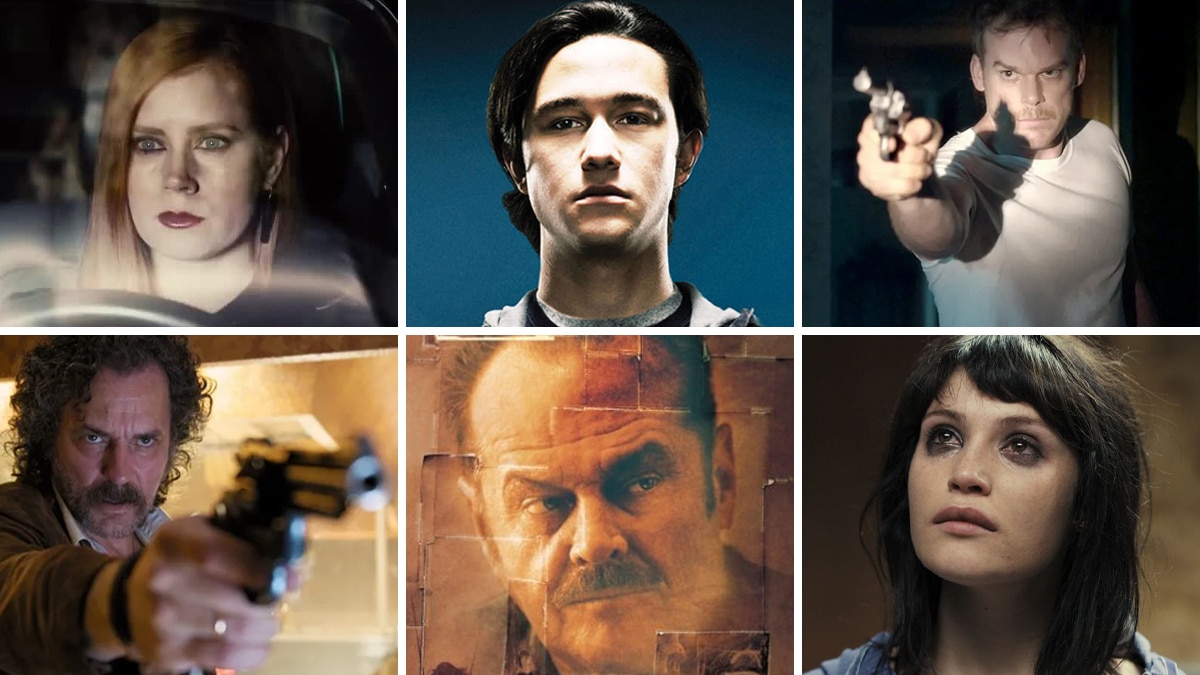
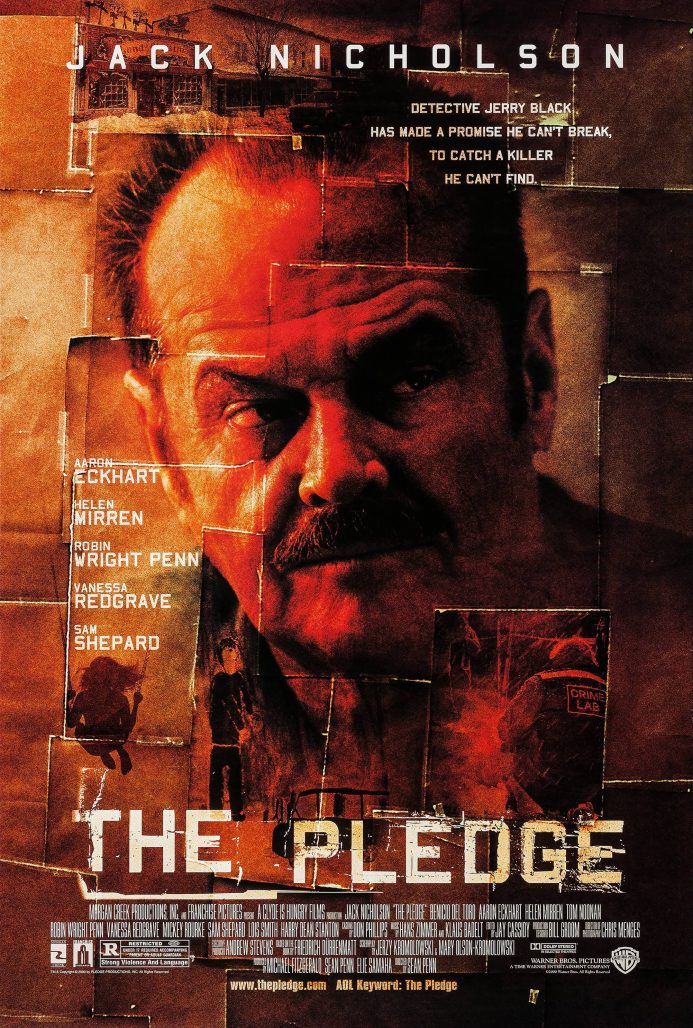
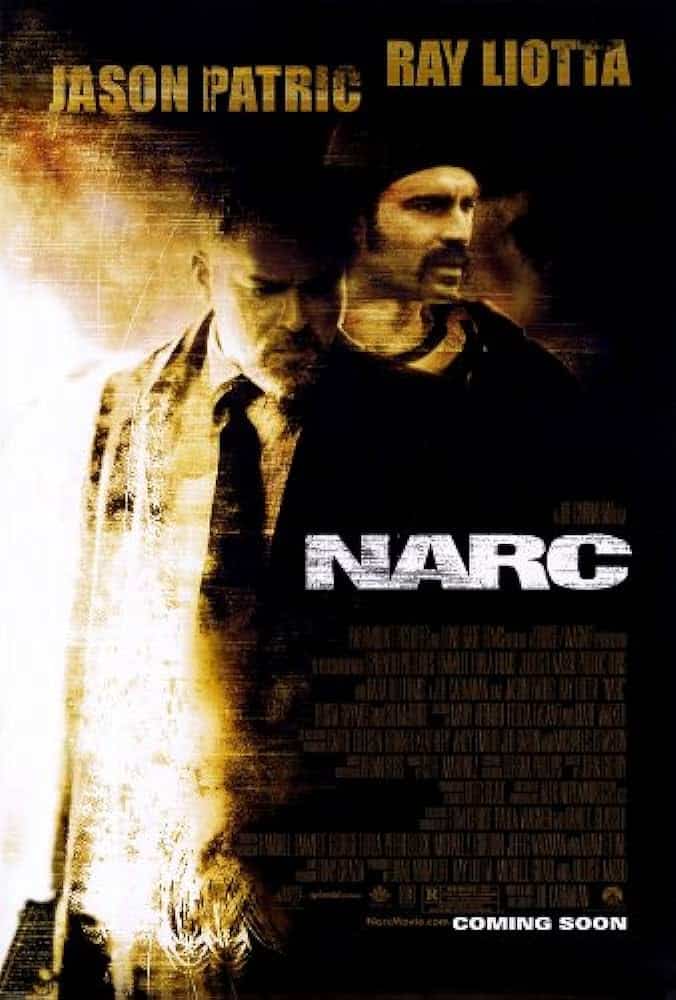
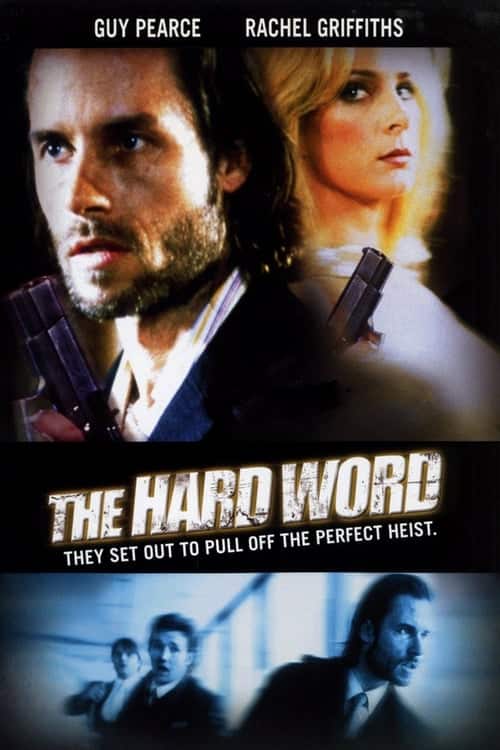
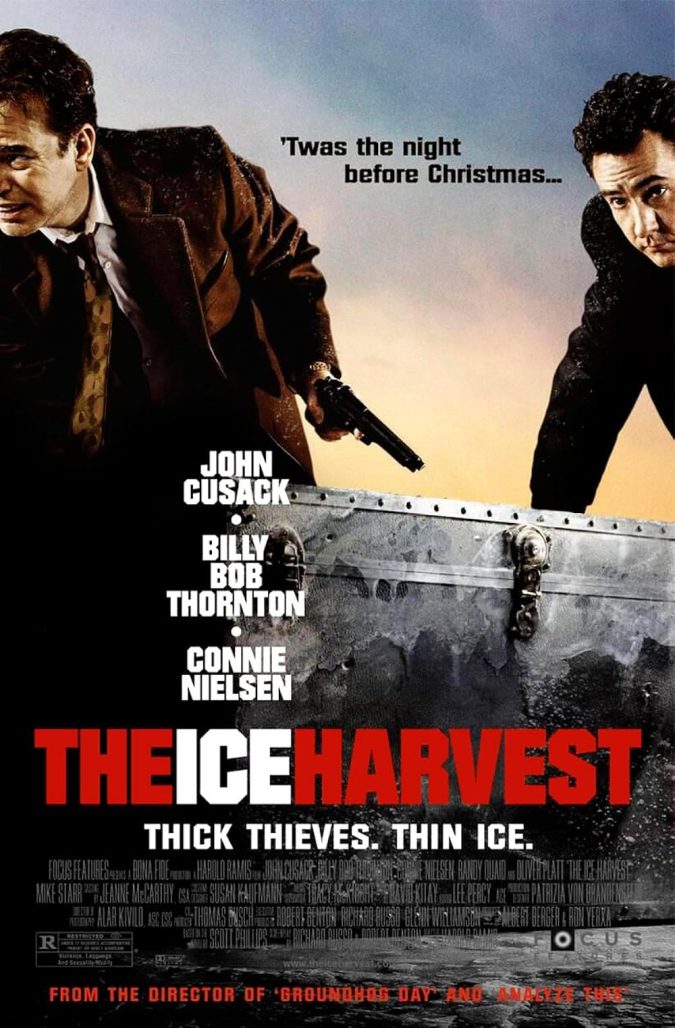
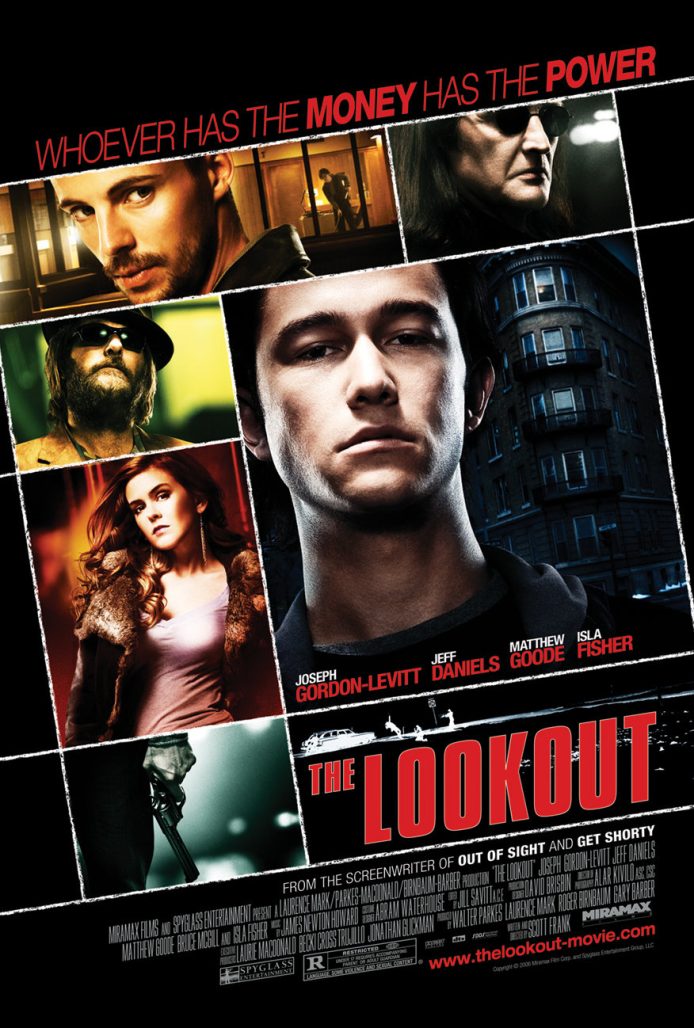
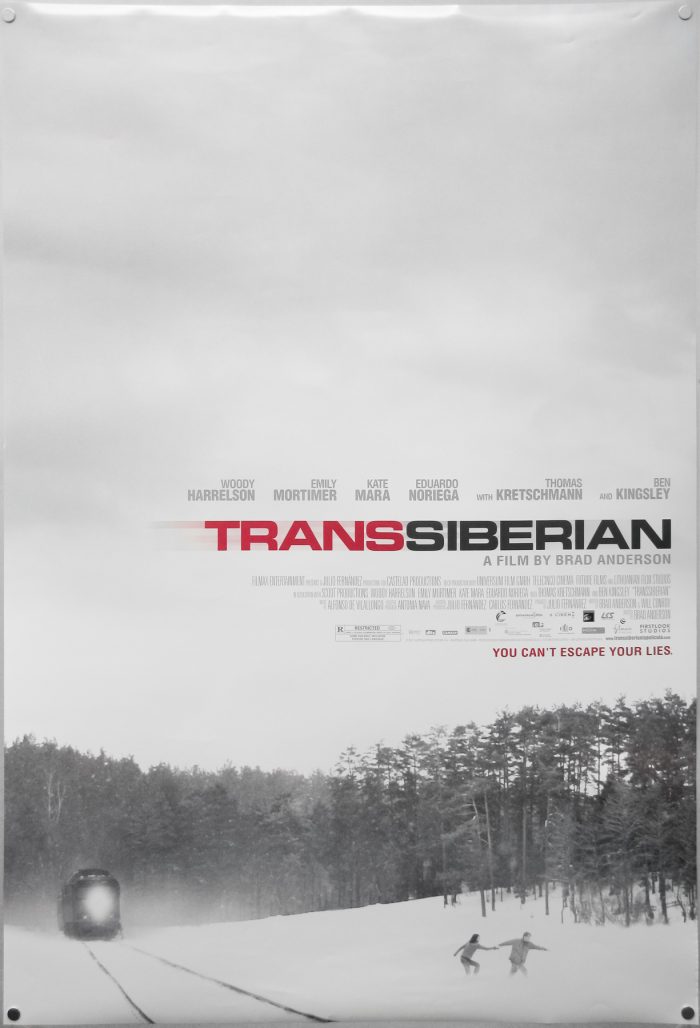
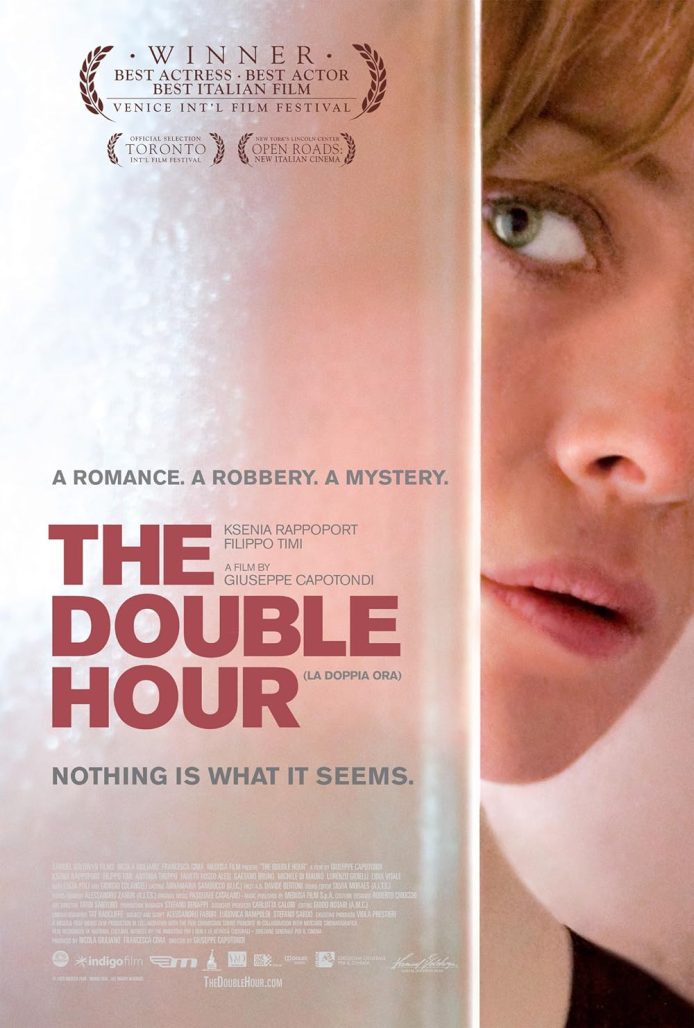
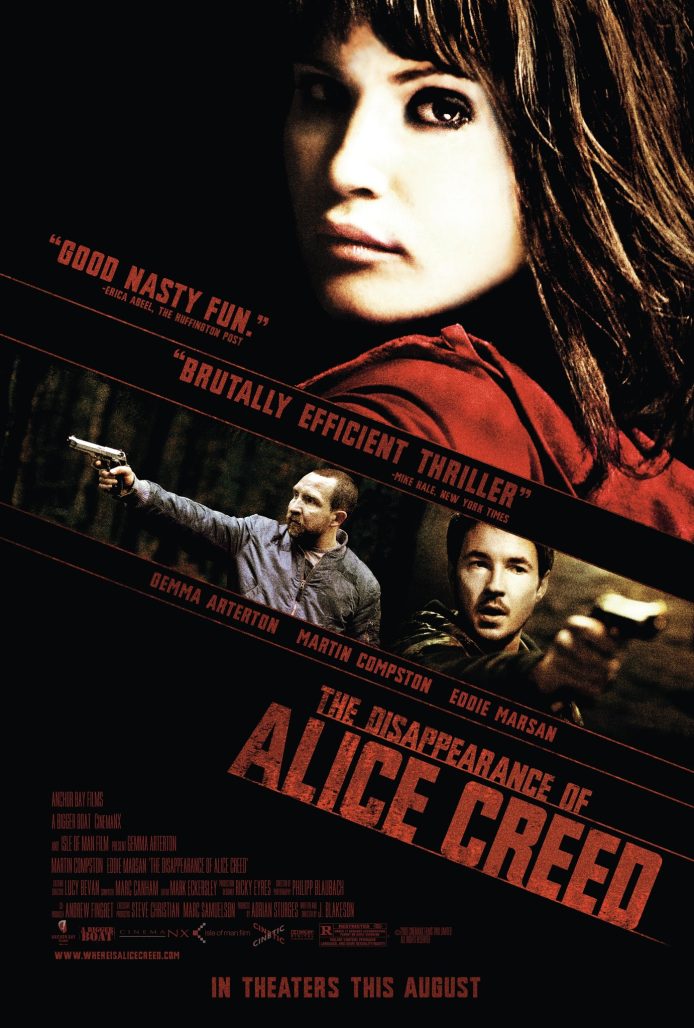
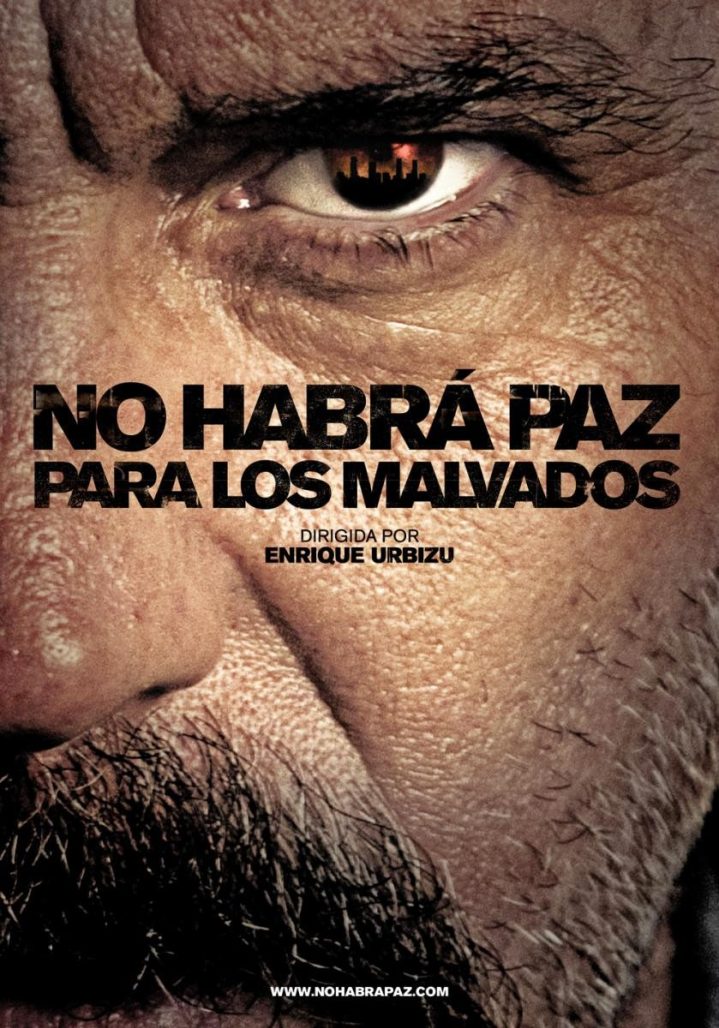
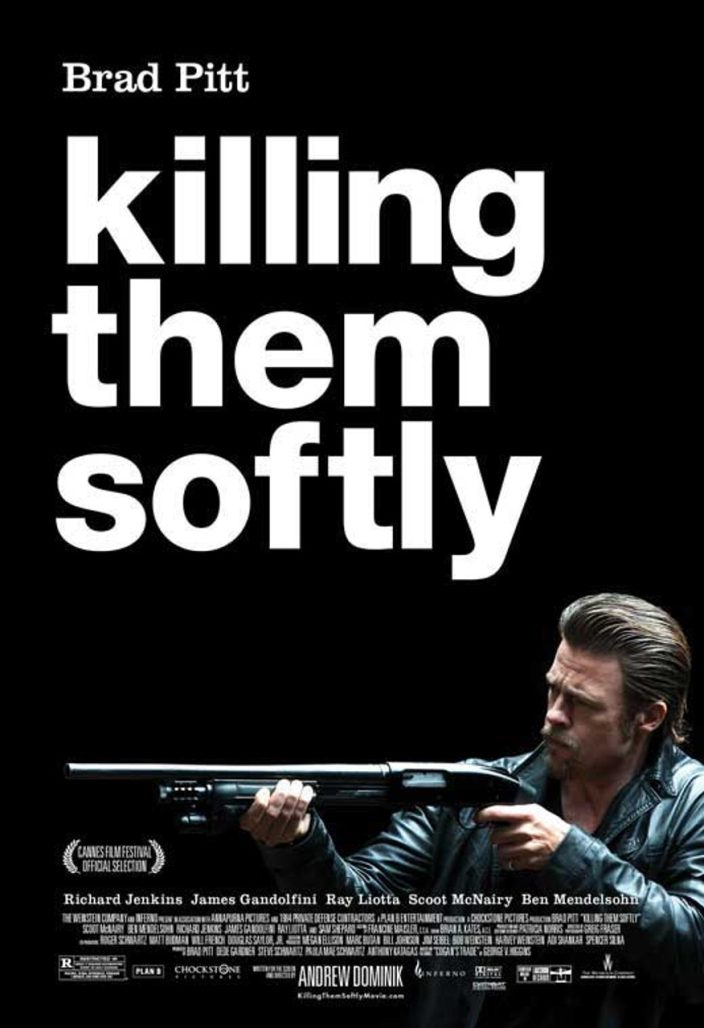
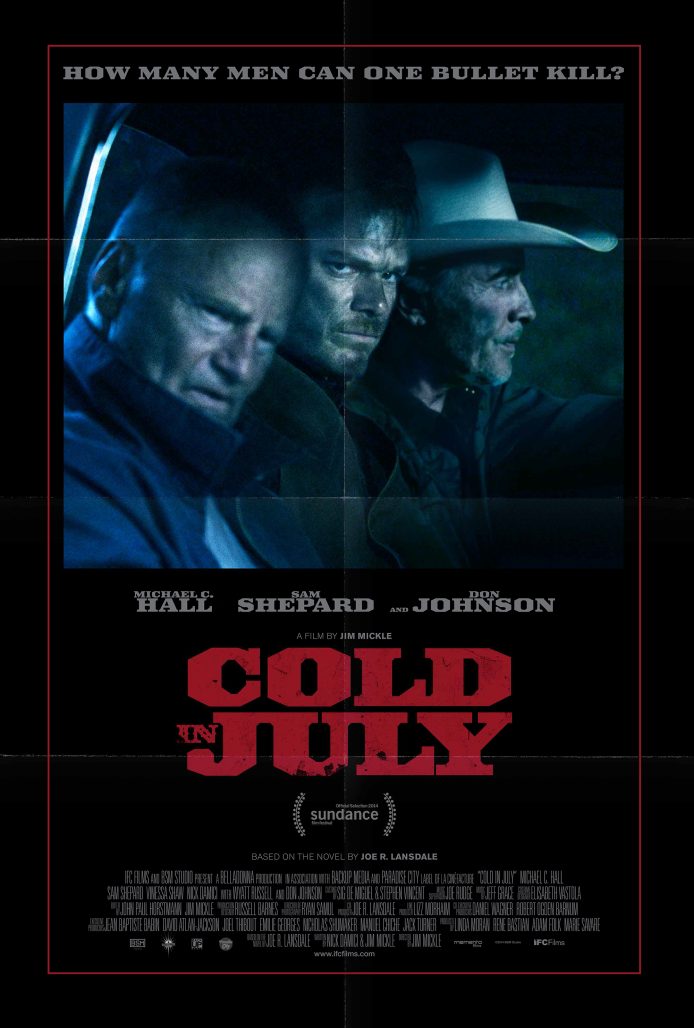
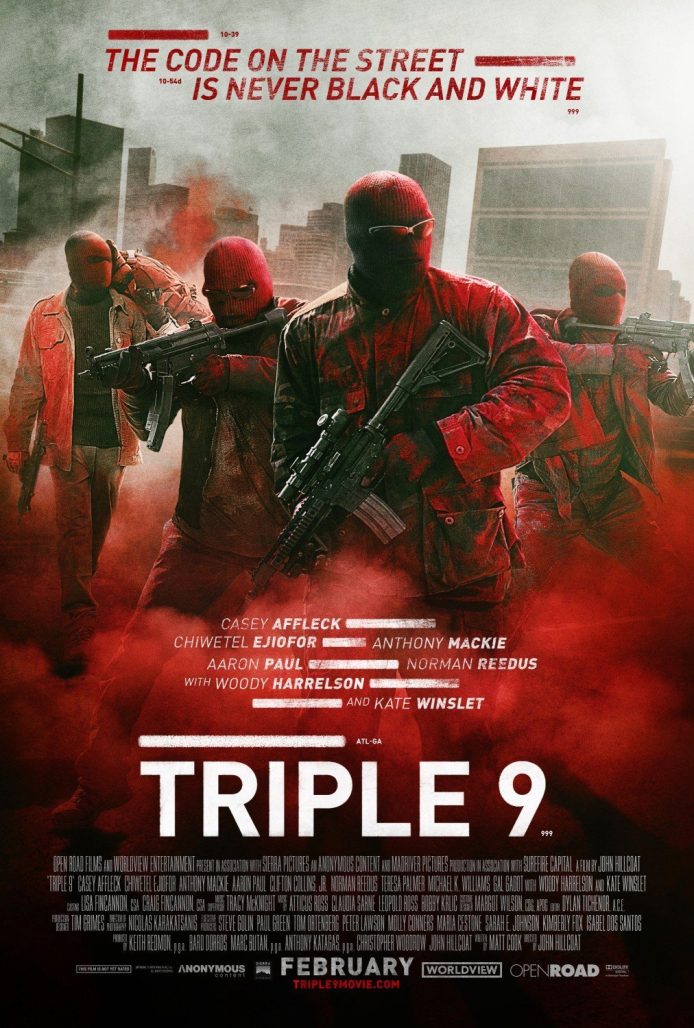
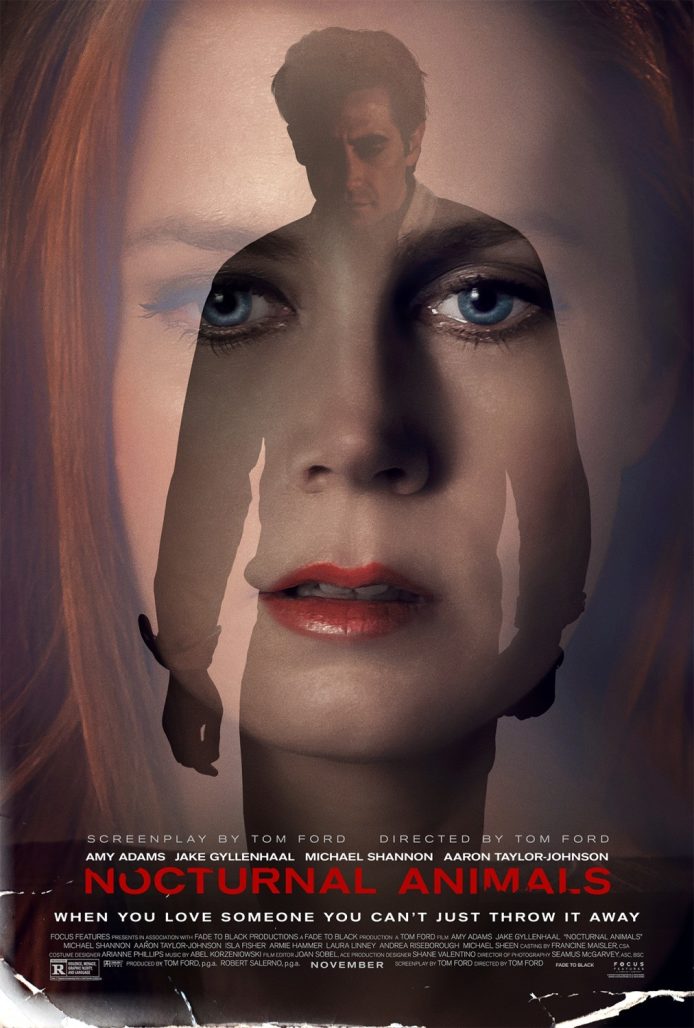
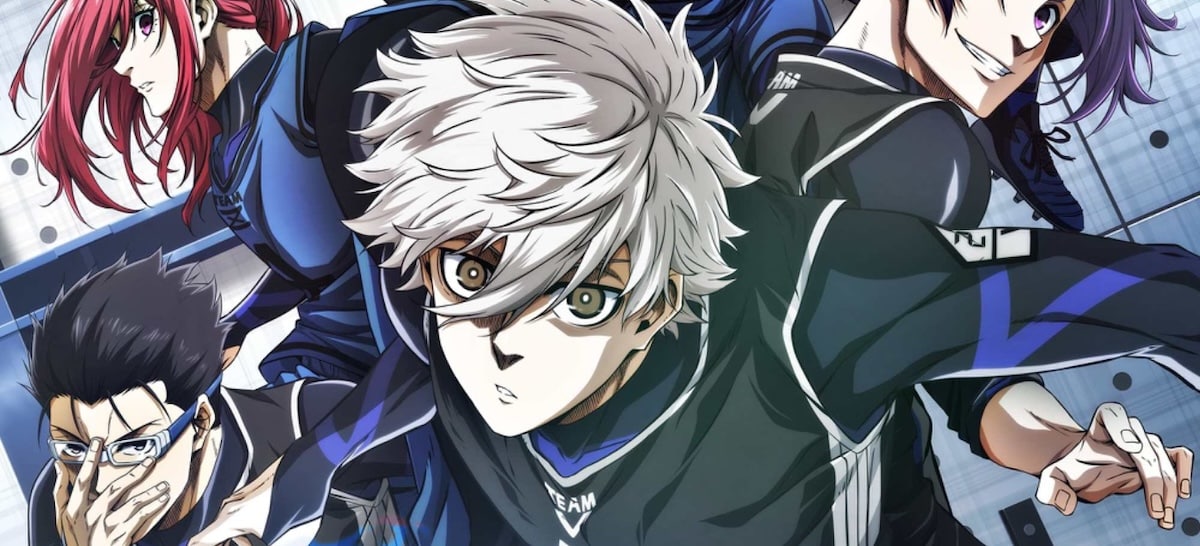




13 forgotten neo-noir of the 21st Century? The 21st Century is only 2 decades old there hasn’t been time to forget you fetus
Comments are closed.